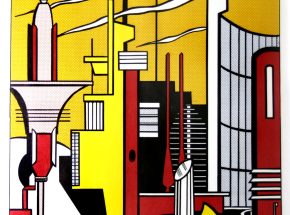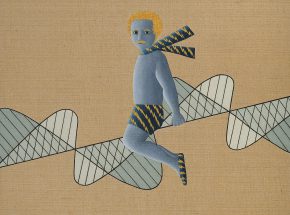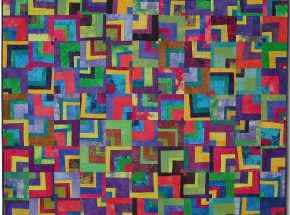

Alfred Lewin Copley (L. Alcopley) was a medical scientist and an artist at the New York School. He is best known for his Abstract Expressionist paintings, having been greatly influenced by the Blaue Reiter and Die Brucke period, a hallmark of the Dresden culture in which he was raised. Born in Dresden in 1910, Copley pursued biology in Weimar, and studied painting on the side. As Nazi oppression began to stymie the modern arts in Germany, Copley earned his first doctorate at the Dresden Academy and moved to Switzerland, in 1935. It was at Basel that he split his time between the scientific and artistic disciplines, which he would continue to pursue for the rest of his life.
In 1937 he sailed for New York. Here he would meet some of the foremost students of Abstract Expressionism and the arts in general. Before long, Copley and his contemporaries formed “The Club,” a central hub of American artistic innovation that would become the New York School. Meanwhile, Copley fervently studied biology and eventually founded two new forms of biological study, biorheology and hemorheology. His pursuits far from complete, he would also publish three scientific periodicals, and was involved in research for several others.
Copley would exhibit throughout the United States and Europe, often with his wife, the Icelandic painter Nina Tryggvadottir. His travels as a speaker for scientific forums also took him on international travels, and he was twice nominated for the Nobel prize by his colleagues. As both an artist and scientist, Copley would receive many awards and honors. He would work until the week of his death in 1992.
www.annexgalleries.com/artists/biography/


